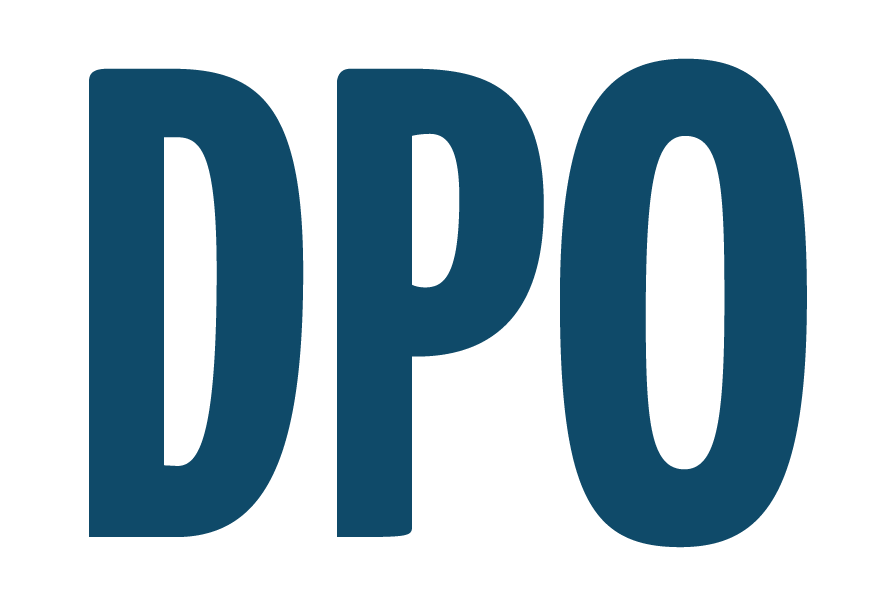e-Procurement: 5 Supply Risk Mitigation Principles
- Bogdan Büchner

- May 20, 2016
- 2 min read
5 Critical Supply Risk Mitigation Principles for Your Sourcing Process
In order to manage saving potential, e-procurement and contract management have to be major considerations. For managers engaged in negotiations, contract management is critical to supplier relationship, services and goods. e-procurement assures being able to identify performance factors which are important to successful delivery and benefits operations.
Today, business economics are a challenge to the ideal of performing the same task repeatedly, even if done with proficiency. There is pressure to maintain the bottom line while returning high results. This operation would be more efficient if instead of altering operations, the supply chain manager changed the way they function.
In general, contracts are poorly managed at the typical company. Hundreds of active agreements can be in play with thousands of terms, conditions and clauses involved. If these terms, conditions and clauses are not monitored before enforcement, they could end up being meaningless. Procurement managers know that reasonable prices on products are only a small portion of strategic sourcing activity. Contract management tools are critical to businesses getting the most of out of agreement terms, terms that buyers spend their time negotiating, reviewing and discussing.
There are many reasons to include e-procurement and contract management into business systems, including:
1. Transactional Advantages:
e-procurement helps paying processes in online purchasing. Businesses will use online transaction tools if products are chosen from pre-sourced catalogs and submitted for e-approval. The tool is then linked to an ERP system back-end to allow entry, invoicing and the collation of management information.
2. Contract Agreements:
After contracts are signed, contract management tools are utilized to store hard copies in various places. They get stacked by procurement managers, legal departments and transferred to stockholders. Companies will organize and store contract records in easily accessible and centralized repositories. It will only require a single mouse click to review and download agreements by establishing where contract documents are and providing the business with a visibility where contracts are kept up to the moment.
3. Compliance:
Compliance and unorthodox spending are major issues in any organization. This is not due to the fact employees intentionally overspend, but because they are not aware they overspend. Through proper eprocurement, cataloging tools are needed for processing standard orders.
4. Information Benefits:
Some of the key identifiers in this case could be cost centers, commodity codes, etc. When we apply unique identifier codes, we reduce errors and ensure extremely elaborate and regular accessible data. This will help maximize data usage for strategic sourcing. Successfully implemented e-procurement provides accessibility to high end, detailed information. It discourages additional expenditures on functions such as mining and data warehousing.
5. Better Organized Database, Smarter Spending:
When utilizing contract management devices, managers have sorting and searching functionalities. This means quicker location of documents as needed. With a well-organized cataloging of the company’s agreements, methods for minimizing off-contract expenses can be formulated. It will help managers to quickly research a range of agreements that need searching. Moreover, an organized database lets businesses spend smartly.




